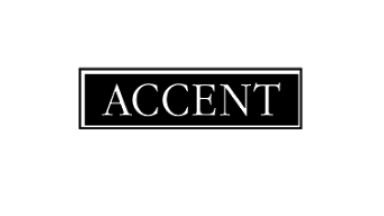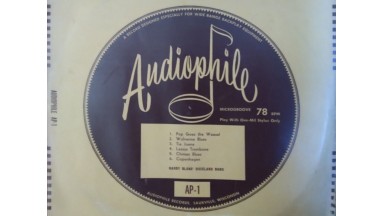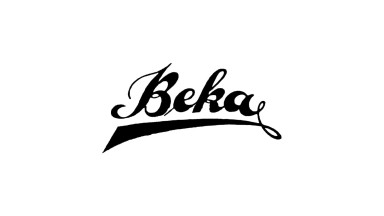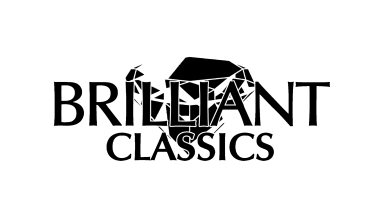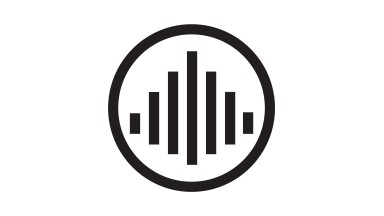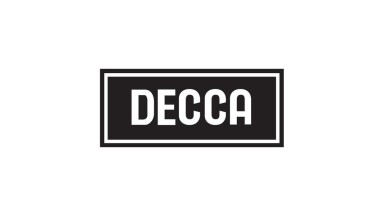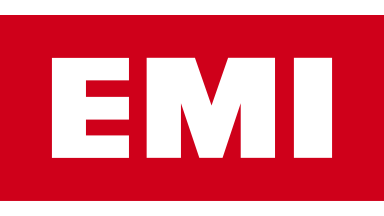L'Oiseau-Lyre, the famous record label of hight fidelity sound
L'Oiseau-Lyre is the name by which Éditions de l'Oiseau-Lyre, a music publishing company financed and established in Paris in 1932 by Louise Dyer (later Hanson-Dyer), an Australian pianist and philanthropist who had settled in France two years earlier and had amassed a collection of manuscripts, printed music, lyrics and dissertations from the early musical, baroque and classical periods. The French name for the Australian lyrebird, "L'Oiseau-Lyre," was chosen by her; the company's logo was a representation of the tail of a male lyrebird. Her aim was to produce historical editions of European composers from the 15th to the 19th centuries. The first project was the complete works of François Couperin. She spared no expense in scholarship or printing, and the result was a 12-volume collection published in 1933, the 200th anniversary of the composer's death. She was named chevalier de la Légion d'Honneur in 1934 in recognition of this achievement.
In 1948 she moved the company to Monaco after an interruption due to World War II. Louise died in 1962 and her second husband, Jeff Hanson, continued with the publication of fine editions, but moved the focus of the company to high-quality long-playing recordings, typically baroque harpsichord pieces, with technical handling by Decca engineers. In 1970, the recording arm was eventually sold to Decca, which continued the label in the same vein under the direction of Peter Wadland.1
Jeff Hanson died the following year but Margarita M. Hanson, his second wife, continued to run the publishing business until 1996. Under her guidance, the 25-volume collection of 14th-century Polyphonic Music was published, followed by the Magnus Liber Organi and the Le Grand Clavier series, with substantial collaboration and financial assistance from the University of Melbourne.2 Margarita retired in 1995, and control of the company passed to Davitt Moroney, a harpsichordist and music scholar who had been with the firm since 1981.
